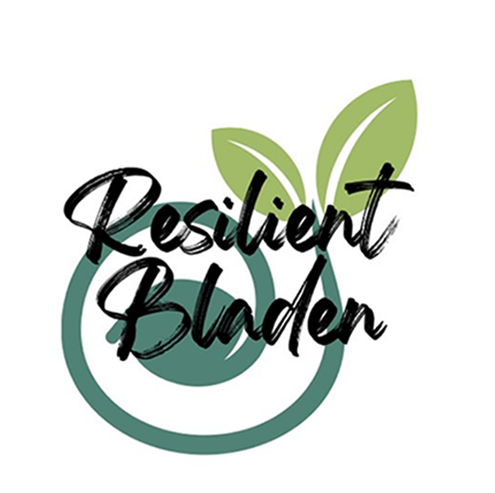Behind the Story
In January, EdNC reported that evidence suggests at least 3,600 children in North Carolina have experienced the death of a caregiver due to COVID-19. Experts now put that estimate closer to 6,000. In February we distributed a survey to principals, school counselors, and EdWeekly newsletter subscribers asking how they and their communities support grieving children. We have since highlighted several examples, and this report includes some of those best practices from throughout the state.
In recent weeks, the death toll from COVID-19 in the United States has surpassed 1 million.
Almost 25,000 of those who have died were North Carolinians, and thousands of them left behind children who had been in their care.
EdNC has spent the past eight months researching best practices for supporting grieving students in schools and communities. When we began this project, about 4,000 children in North Carolina were grieving the death of a caregiver due to COVID-19. Now that number is probably more than 6,000, based on estimates from leading experts.
What follows is a toolkit for caregivers, schools, and community groups looking for ways to support grieving children. All of these strategies are low-cost and can be implemented quickly.
Understanding ‘caregiver deaths’
Caregivers in this context are parents, custodial family, or family members who live in the same household as the children and provide for at least some of their basic needs.
The death of a caregiver can have both short- and long-term negative effects on the educational and health outcomes of children over the course of their lives.
Adults who work with children play an important role in offsetting that harm. One way is by normalizing conversations about death and dying. That’s why EdNC has used specific language such as “death” and “died” throughout this project, avoiding abstract terms like “loss” and “passed away.”
While this project has focused on caregiver deaths associated with COVID-19, many of the grieving students in our state have experienced the death of a parent due to opioids, car crashes, or gun violence, all of which led to more deaths during the pandemic.
Proactive strategies
There are proactive steps schools and communities can take to prepare children for coping with grief. As nearly all of the experts, we spoke with pointed out, every last one of us will experience the death of a loved one. It’s a good policy to prepare.
The COVID Collaborative, a team of leading experts in the fields of health, education, and economics, recommends training teachers to recognize and respond to childhood grief. One such opportunity is available through the Grief-Sensitive Schools Initiative (GSSI).
GSSI trains school personnel to provide a supportive environment for students who have experienced the death of a loved one. Schools that participate in this free training are eligible to receive a $500 grant for developing additional support for grieving students. Nine public schools in North Carolina are already GSSI accredited.
Training is also available from organizations such as the Durham-based Center for Child and Family Health (CCFH). Focusing on trauma-informed practices, CCFH equips trainees with strategies, practices, and interventions to effectively address trauma at any stage of life.
One proactive strategy developed by a team at Carteret County Public Schools is to “pre-teach grieving.” Heather Boston, director of student support services there, took this approach because brains aren’t capable of learning new skills when they are under extreme stress, like the stress caused by the death of a caregiver. If students learn about grief before they experience it, they’ll be ready with the right skills when they need them.
Combining strategies from a variety of evidence-backed resources, Boston led a team that created a lesson plan to be taught over three days as part of an existing social-emotional learning (SEL) curriculum.
The lessons teach students to recognize emotions and physical sensations associated with grief, encourage them to identify their previous experiences with loss in other contexts, then help them reflect on strategies that have brought them comfort in the past. In this way, not only do students learn the skills needed to cope with grief but teachers and staff learn how to support each student when they encounter grief in the future.
 Resilient Bladen (NC)
Resilient Bladen (NC)
Comments (0)